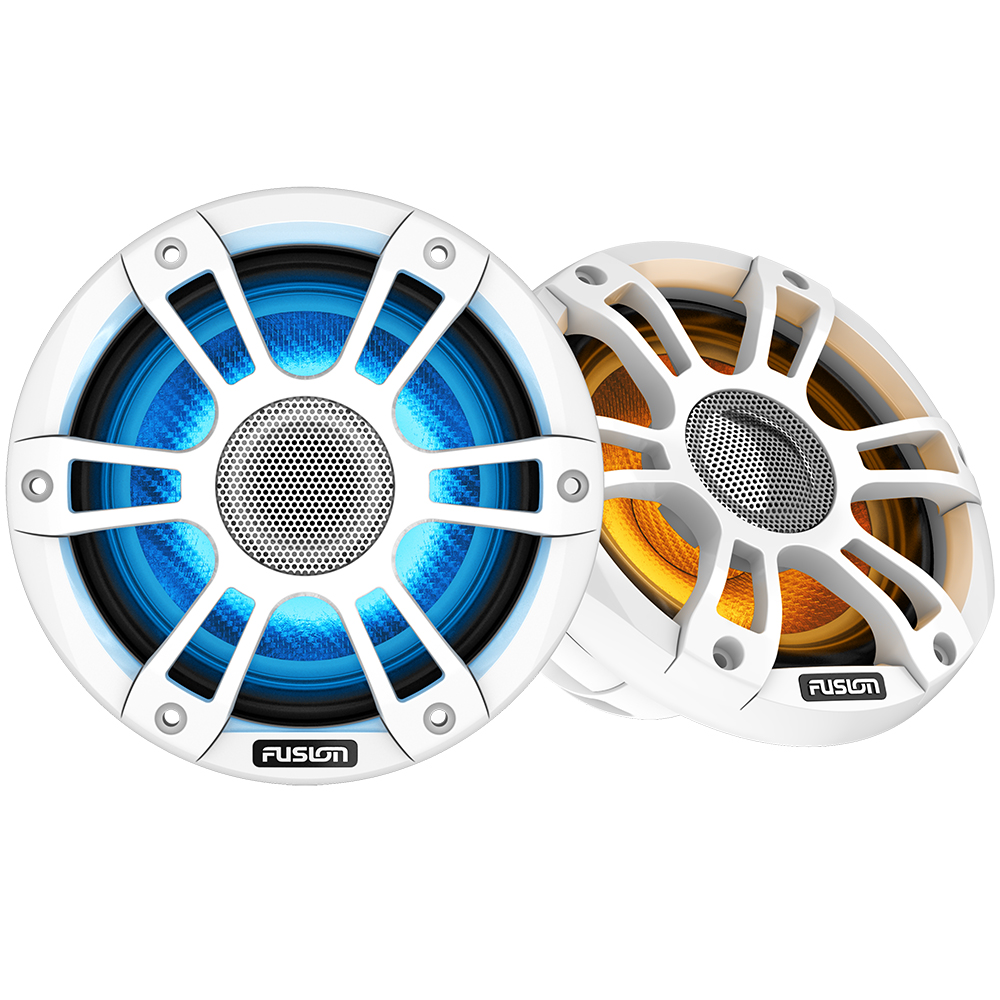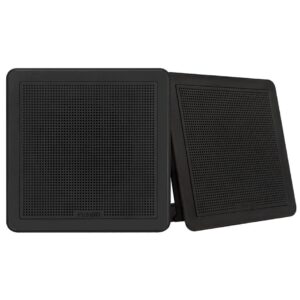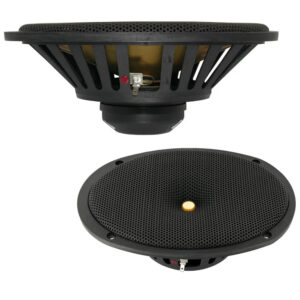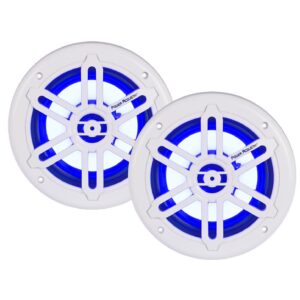The most basic way to wire marine speakers to an amplifier is to connect one speaker to each of the available channels. But there are other options to consider.
Multiple Speakers Per Channel
Most external amplifiers can power more than one speaker per channel. For example, a 4-channel amplifier may be able to power up to 8 speakers. In fact, if you wire it correctly, you will be able to pull up to twice as much power out of the amp.
First, you need to make sure your amplifier can be safely set up this way. Check the specs to see if it is 2 ohm stable. Or check to see if it has power ratings for running at 2 ohms. If that is the case, then you are in good shape. If not, stick with using one speaker per channel.
Wire Speakers In Parallel
When connecting two speakers per channel, you want to wire the speakers in parallel. Parallel means that the positive and negative wires for each speaker connect directly to the positive and negative leads on the amplifier.
Don’t try to wire more than two speakers to each channel or you could damage your amp and your speakers.
Wiring Subwoofers
A subwoofer would be wired in a completely different way. Subwoofers need lots of power so typically you will bridge the power from two channels into one to power the sub. Most often you accomplish this by connecting the positive wire from the subwoofer to the positive lead of one channel on the amp and then connecting the negative wire to the negative lead of the other channel.
Most Common Setup
A common setup with a 4-channel amplifier is to wire 2 speakers each in parallel to channels 1 and 2 for a total of 4, then bridging channels 3 and 4 for the subwoofer.
Hopefully you can see all the possibilities this creates. Amplifiers are available with 2, 4, 5 and even 6 channels so you can use these principles to set up a system with anything from 2 speakers up to 12 with any combination in between, including a subwoofer.




